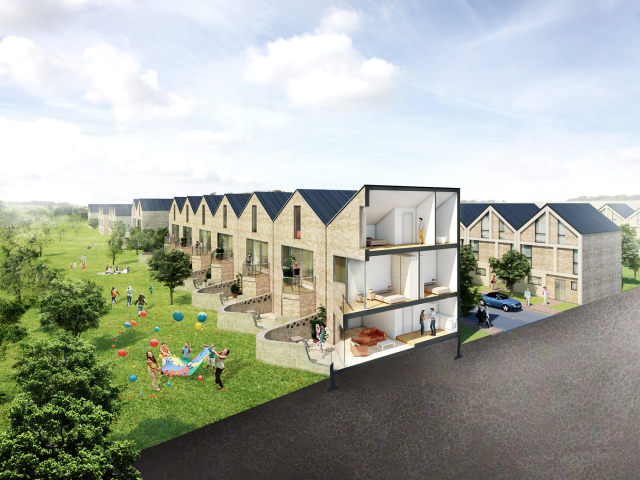
Innovative Designs for Sustainable Living
The concept of resilient housing designs is gaining prominence as communities grapple with the challenges posed by environmental shifts and the need for sustainable living solutions. From resilient materials to energy-efficient features, these designs are shaping the future of housing by prioritizing durability, adaptability, and environmental responsibility.
Building with Resilient Materials
Resilient housing starts with the choice of materials. Engineers and architects are increasingly turning to resilient and sustainable materials that can withstand the impact of natural disasters and environmental changes. From reinforced concrete to advanced composites, the focus is on constructing homes that can weather the storms, both figuratively and literally.
Energy-Efficient Infrastructure
Resilient housing designs incorporate energy-efficient infrastructure, aligning with the global push for sustainable living. From solar panels to smart home technologies, these designs aim to minimize the environmental footprint of homes while reducing utility costs for residents. The integration of renewable energy sources ensures a more sustainable and self-sufficient approach to housing.
Adaptability for Changing Climates
As climate patterns become more unpredictable, resilient housing designs prioritize adaptability. This involves creating homes that can adjust to changing climates, whether it’s extreme heat, rising sea levels, or increased precipitation. Flexibility in design allows for modifications that can address evolving environmental challenges and ensure the long-term viability of the housing infrastructure.
Community Resilience and Planning
Resilient housing goes beyond individual homes; it encompasses community-wide planning. Architects and urban planners are working together to create resilient communities that can withstand the impact of natural disasters. This includes strategic placement of homes, the development of green spaces, and the implementation of infrastructure that enhances overall community resilience.
Water-Conserving Technologies
Water scarcity is a pressing global issue, and resilient housing designs address this challenge through water-conserving technologies. From rainwater harvesting systems to greywater recycling, these designs aim to reduce water consumption and promote sustainable water management practices. This not only benefits the environment but also helps homeowners lower their water bills.
Incorporating Nature into Design
Resilient housing designs often integrate elements of nature into their architecture. Green roofs, vertical gardens, and natural landscaping not only enhance the aesthetic appeal of homes but also contribute to environmental sustainability. These features provide insulation, absorb rainwater, and create a harmonious connection between residents and the natural surroundings.
Durable and Low-Maintenance Structures
Durability is a key aspect of resilient housing designs. Using materials and construction techniques that require minimal maintenance ensures the longevity of homes. This not only reduces the environmental impact associated with constant repairs and renovations but also provides homeowners with a sense of security and stability.
Technology-Enabled Disaster Preparedness
Incorporating technology into resilient housing designs enhances disaster preparedness. Smart sensors, early warning systems, and automated response mechanisms can help residents and communities respond swiftly to impending natural disasters. These technological advancements contribute to increased safety and protection for homeowners.
Educating Homeowners for Resilient Living
Building resilient homes involves not only architectural innovations but also educating homeowners on sustainable practices. Resilient housing designs prioritize community engagement and education programs to empower residents with the knowledge and skills needed to adopt sustainable and resilient living practices.
Embracing Resilient Housing Designs for the Future
In conclusion, resilient housing designs are at the forefront of creating sustainable, adaptable, and eco-friendly living spaces. From the materials used in construction to the incorporation of advanced technologies, these designs offer a holistic approach to addressing the challenges of the evolving environment. To explore the possibilities of resilient housing designs, visit Gillian Cunningham Real Estate Agent McKinney TX. Witness firsthand how innovation is shaping the future of housing for a more resilient and sustainable tomorrow.
